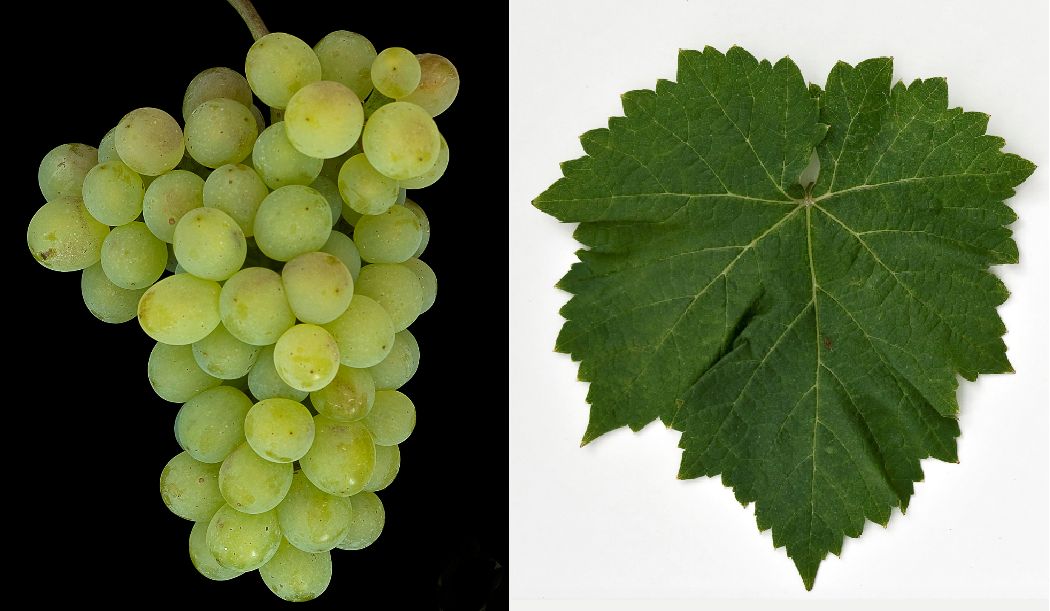The white grape variety originates from Hungary. There are about 100 synonyms, indicating a wide distribution in many countries. Some grouped alphabetically by country are Biser, Perl do Saba (Bulgaria); Perle von Csaba (Germany, Austria); Perle de Csaba (France); Pearl of Csaba (England); Perla di Csaba (Italy); Cabsky Biser (Croatia); Rindunicaz Strugurilor, Tamîioasa Ciaba (Romania); Vengerskii Muskatnii Rannii, Vengerskii Muskatnii Rannuej, Zhemchug Saba (Russia); Cabianska Perla (Slovakia); Cabski Biser, Julski Muskat (Slovenia); Perla Czabanska (Czech Republic); Batai, Csaba Gyöngye Muscotaly, Gyöngyfehér, Korai Balafánt, Pataki, Piros Csabagyöngye (Hungary).

The Hungarian new variety was created by the well-known table grape breeder János Mathiász (1838-1921) at the beginning of the 20th century. The seedlings were then propagated by Adolf Stark in Békéscsaba. According to a second version, the vine was discovered in a garden in Békéscsaba in 1904, so the origin would be unknown. In some sources, the parents Madeleine Angevine x Muscat Précoce de Saumur (Muscat Courtiller) or Bronnertraube x Muskat Ottonel are wrongly given. According to DNA analyses carried out in 2013, the parentage has now been clarified. It is a cross between Madeleine Angevine x Muscat Fleur d'Oranger.
The variety was a crossing partner for the new varieties Augustovski, Aurora, Csillám, Delhro, Duna Gyöngye, Gárdonyi Géza, Gyöngyrizling, Irsai Olivér, Queen of Vineyards, Korai Gyöngy, Misket Plevenski, Misket Trakijski, Muskat Zhemchuzhnyi, Nero, Ozana, Perlaut, Reform, Titan, Turán, Viktória Gyöngye, Vrboska, Yulski Biser and Zala Gyöngye. The very early-maturing, low-yielding vine is resistant to frost. It produces low-alcohol, aromatic white wines with muscat tones, but is mainly used as table grape. The variety is cultivated in France (1.5 ha), Canada (1 ha), Moldova (110 ha) and Hungary (63 ha). In 2016, a total of 175 hectares of vines were reported (Kym Anderson statistics).
Pictures: Ursula Brühl, Doris Schneider, Julius Kühn-Institut (JKI)
Voices of our members

The glossary is a monumental achievement and one of the most important contributions to wine knowledge. Of all the encyclopaedias I use on the subject of wine, it is by far the most important. That was the case ten years ago and it hasn't changed since.
Andreas Essl
Autor, Modena